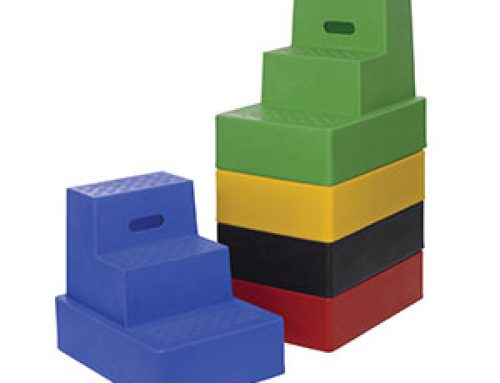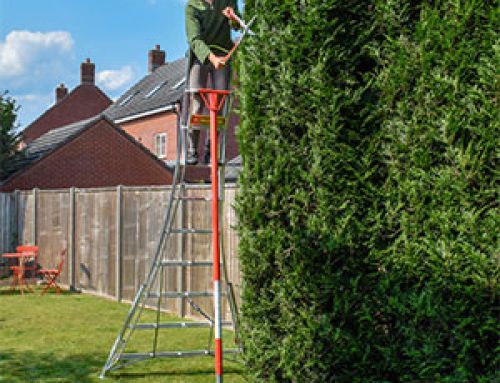The 20th anniversary of the Twin Towers attacks passed recently, and two decades on the trauma of losing loved ones in the worst terror attack ever has barely diminished. Although time can help with grief, the attention that is on the survivors and the families of those who died must be hard to bear when this tragedy is once again in the forefront of our minds.
One thing we noticed was that fire department teams who were involved in the rescue efforts are often referred to as belonging to “ladder companies”, so we did a little digging to find out why this is.
In the USA, a fire department is made up of several different “companies” who all work together from the same base station, or from stations based at different locations across a city or wider metropolitan area. Each company includes people who are trained to use particular pieces of equipment, so there are engine companies, who work on fire engines with water tanks or which carry equipment that can be fixed to fire hydrants along the street. There are rescue companies, who specialise in rescuing people from car crashes and other dangerous situations involving vehicles or structures. Rescue companies use hydraulic and pneumatic equipment for cutting and expanding car bodies – these tools are often referred to as the “jaws of life”.
Ladder companies are made up of a crew of fire fighters who are trained in aerial rescue and other tasks which involve the use of height scaling equipment. A ladder company may also be involved in rescue and fire fighting efforts below ground level, as a turntable ladder can be extended downwards to reach people in sinkholes or who have fallen down cliffs. Ladder companies may also be involved in rescuing people from frozen lakes, as the ladder can be extended across an expanse to enable fire crews to reach and rescue those in danger.
This distinction between services stretches back over 150 years as fire departments became more formally organised and new equipment became available. Back in the 1800s, a fire department would typically be a single crew (staffed in shifts) which used a hand pump to extinguish flames, and which would use freestanding ladders if a rescue needed to be carried out. As new equipment was developed, it became more logical to only send the equipment required to each call out. A cat stuck up a tree only needs a ladder company to attend, so the hose company and rescue company would be free to attend another emergency.
In smaller towns and cities the equipment may be staffed by the same people, so there might not be the distinction between different companies. In larger towns and cities there are many more companies and some may include full time investigation companies who look for clues of arson in suspicious fires. There may also be companies dedicated to fire risk education and training, who visit schools and workplaces to provide information and practical skills for fire fighting.
In the September 11th attacks emergency services responded from many departments, including the police and port authorities, as well as fire services. 343 firefighters lost their lives that day, including 116 members of 28 ladder companies. Amazingly, Ladder Company One, located the closest to ground zero, didn't lose any members that day; although many who attended and survived have developed cancer, possibly as a result of exposure to the smoke and chemicals generated by the fires and explosions.
Two decades on from the tragic events of September 11th 2001, we are still in awe of the bravery shown by the courageous people of the emergency services who risked their own lives to save others.






Leave A Comment
You must be logged in to post a comment.